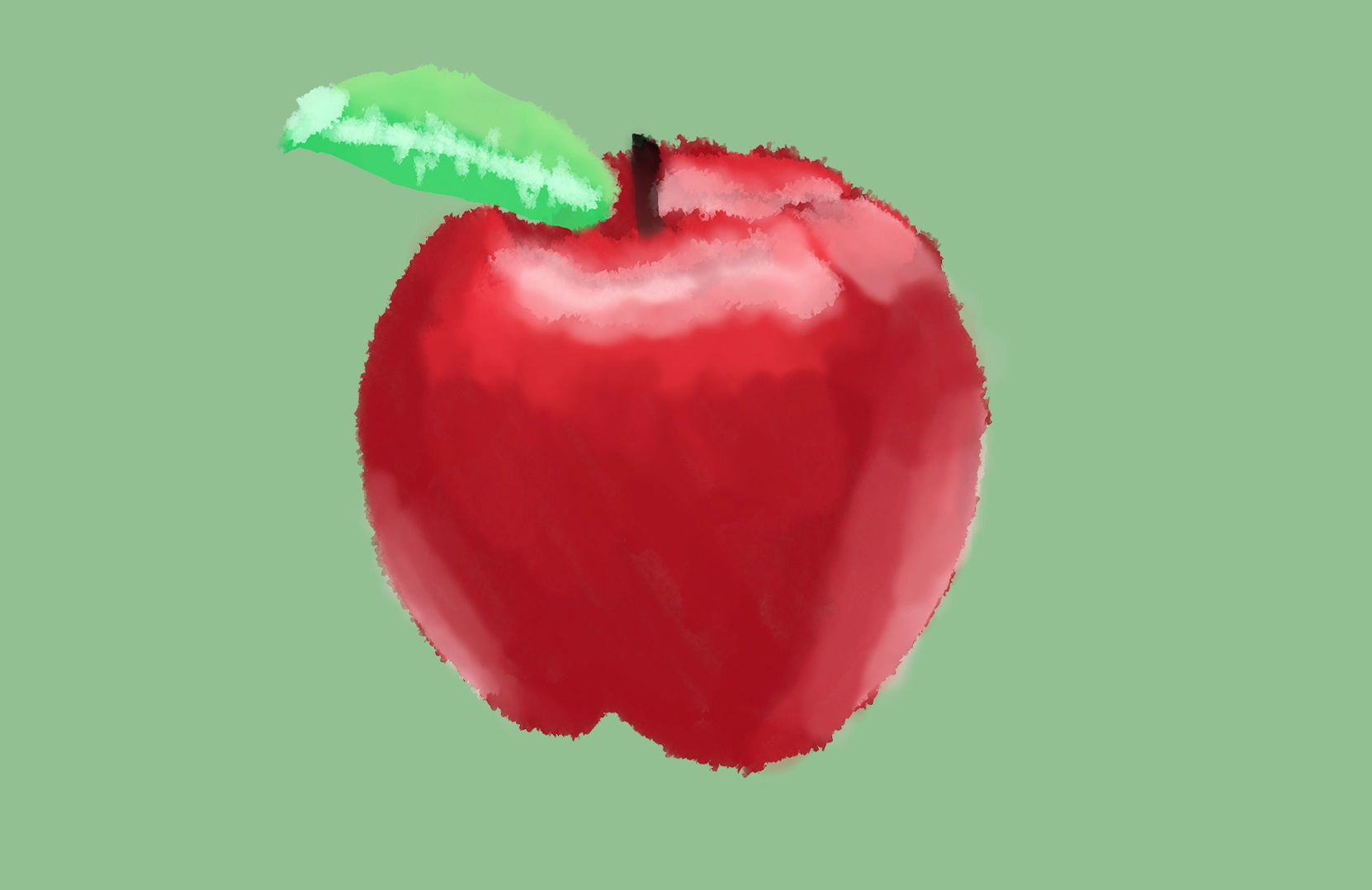Originally published on November 1, 2024.
MacEwan’s only food bank is struggling to keep up, as usage has skyrocketed more than 300 per cent over the past five years.
“Demand is really high right now,” says Sydney Limoges, a food support assistant at the SAMU Pantry and psychology student at MacEwan.
But the numbers show no sign of slowing, and the peak has yet to be seen. In September 2024, more hampers were given out than in all of 2018/2019.
In response to demand, The Pantry has just introduced a locker service which lets students pick up their food hampers even after closing for the day.
Located on the first floor of SAMU, across from the benefits plan office, the lockers help with space issues for The Pantry but also with privacy, as students can pick up orders more discreetly during less busy times.
“We’ve had good feedback so far, which also means we have more space on the actual shelves,” says student services manager Annette Kelm. “That’s the goal, to create more space in there as well.”
However, even with the addition of new lockers and more shelving, volunteers still run out of space due to the sheer volume of orders. Having enough food, or appropriate food, is also often a problem.
Demand is really high right now.
Sydney Limoges, food support assistant at the SAMU Pantry
“It’s fairly hard to keep up with in terms of having supplies,” Limoges says. “We’ll make orders more frequently now, but it still only lasts maybe two days.”
Part of the uptick in use at The Pantry is intentional. Kelm says that better marketing has helped get the word out, and the current version of the service is more accessible and discreet, letting students sign up and build their own hampers online before picking them up in person.
However, the reason why The Pantry, along with other food banks in the city, is seeing such increased service is due to the skyrocketing cost of living. Never in their history have Edmonton food banks been so busy.
Food insecurity: a symptom of poverty
“We are in uncharted territory,” says Tamisan Bencz-Knight, manager of strategic relationships & partnerships at Edmonton’s Food Bank. “As the oldest food bank in Canada, all I can say, based on our history, is this is going to take us a long time to recover.”
Bencz-Knight explains how a previous busy year in 1996 saw a monthly average of 19,500 people through the hamper program. By 2008, that number had dropped to 9,500. Over the years, it crept back up to 21,386 in 2019 before skyrocketing to the current 2024 average of 40,685 people per month.
“Even if our donations haven’t doubled, we have to respond to the doubling need.”
But while Edmonton’s Food Bank is weathering the current storm, Bencz-Knight says now is the time to start thinking about the reason why people become food insecure in the first place, which is poverty.
In September, the Edmonton social planning council released a report calling for the provincial government to address poverty, which, as of 2022, is the highest it’s been since 2000.
We are in uncharted territory.
Tamisan Bencz-Knight, manager of strategic relationships & partnerships at Edmonton’s Food Bank
Recommendations from the report demanded that governments create a poverty reduction strategy and implement control policies, increasing the provincial minimum wage (which is now the lowest in Canada) and implementing tuition caps, among others.
Across the river, at the University of Alberta’s Campus Food Bank, director Erin O’Neil is rethinking her program from the ground up after seeing a 600 per cent increase in use since 2019.
“We really just want to start from a basis of really excellent client consultation and look at some of the best examples from across the world of how student food access can be delivered in a really dignity-centred, client-centred way. “
O’Neil is trying to innovate by stretching dollars but also getting away from what people think of as a traditional charity and more into a community conversation on food insecurity.
A big part of the conversation concerns international students who use campus food banks more than any other demographic at MacEwan and the University of Alberta. At MacEwan, they make up around 70 per cent of the clientele.
While the cost of living in Canada has increased rapidly, only recently has the Canadian government taken steps to address how much more education in Canada costs students from abroad.
Even the cost information on the University of Alberta’s international recruitment website was outdated, O’Neil says.
“International students were a convenient cash cow. Government used to be enthusiastic about bringing over international students. Now, the narrative has flipped,” says O’Neil.
“Unfortunately, our international students are being vilified for increasing housing costs and these sorts of things in Canada, which are not their fault, and they’re not convenient to Canadian universities in the same way.”
In the meantime, it’s up to the food banks to keep feeding people, regardless of what happens outside of their control.
Working in between the stainless steel counters and shelves packed with hampers inside the pantry, Limoges tries to stay positive.
The Pantry recently received a $20k increase in budget and is getting $8,000 in grants from the provincial government. Limoges also hopes to buff up students’ food literacy and financial skills in the future and wants to keep working to fight food insecurity, even after she graduates.
“It’s kind of a dark tunnel, but there is a little light.”
Photo by Amanda Erickson





0 Comments